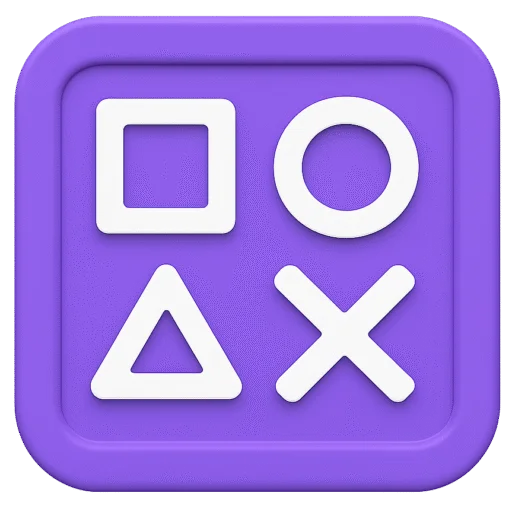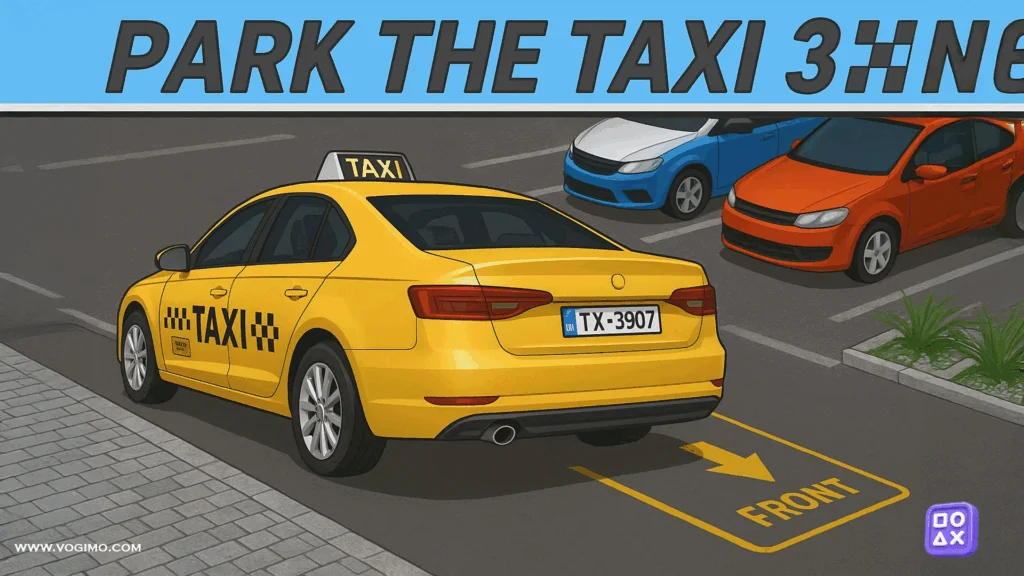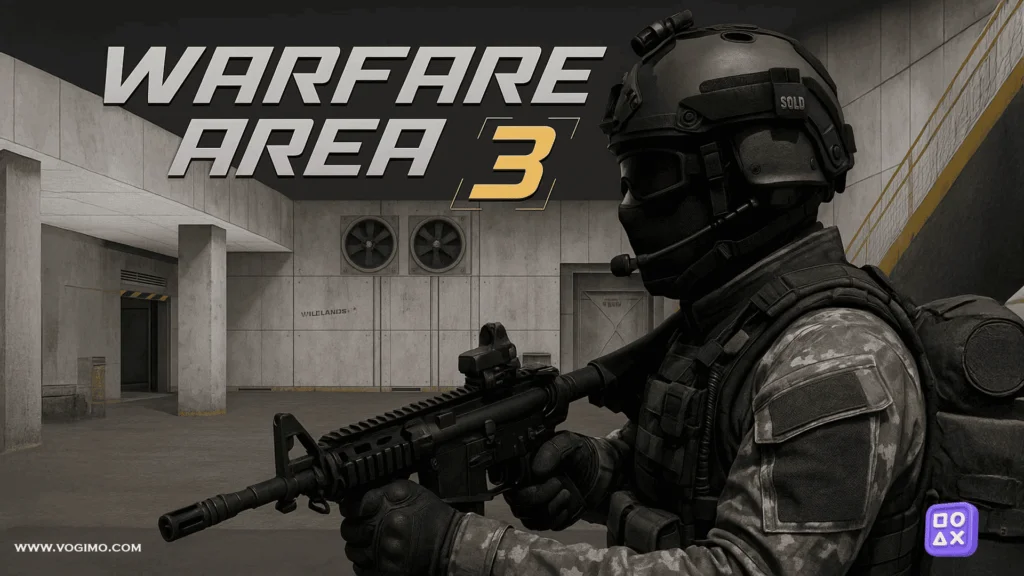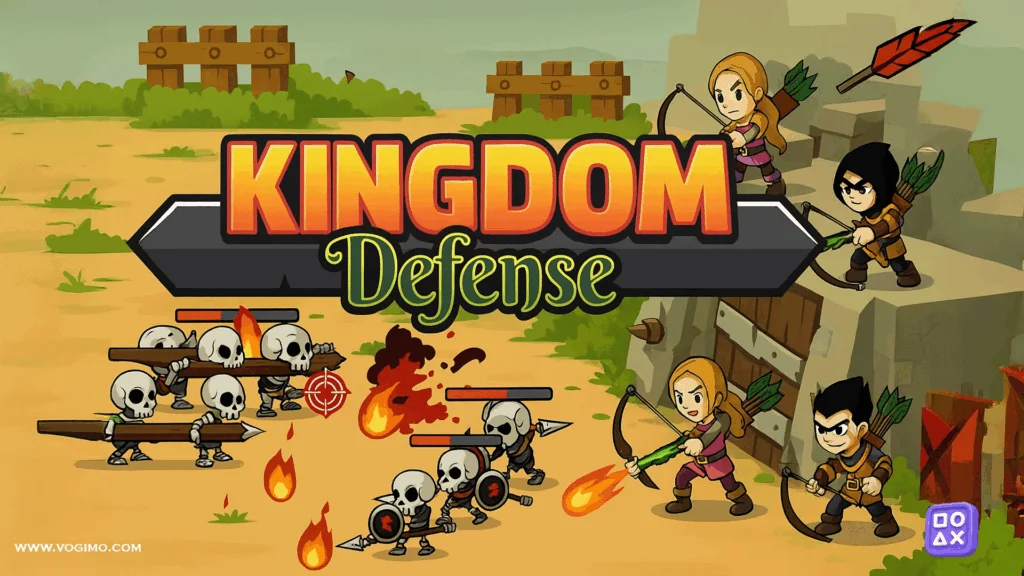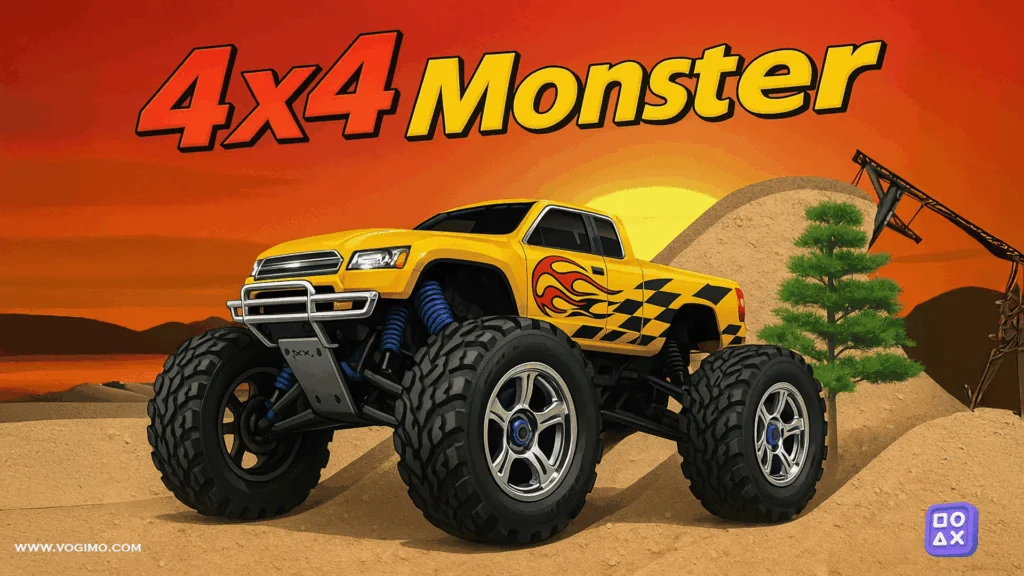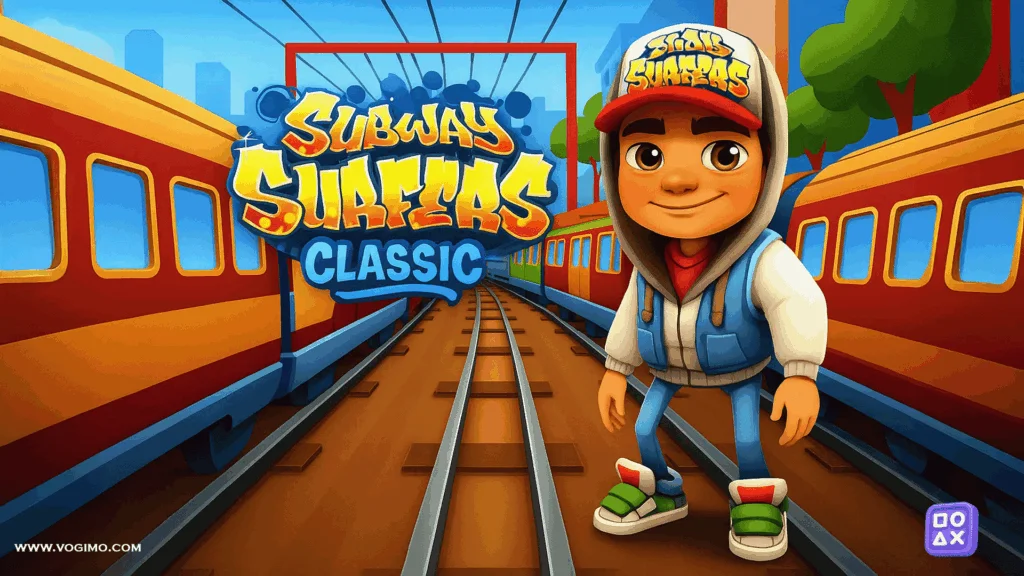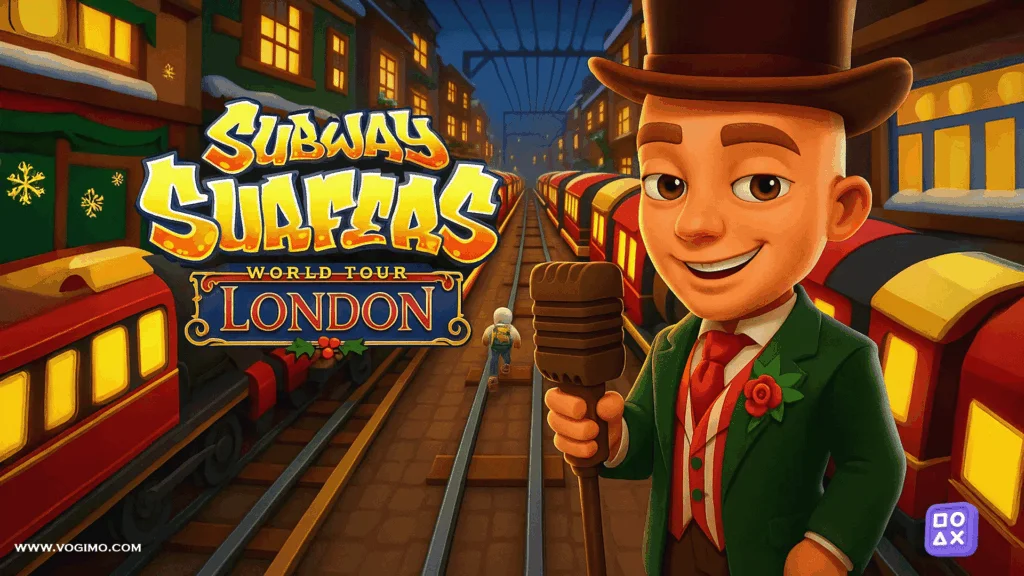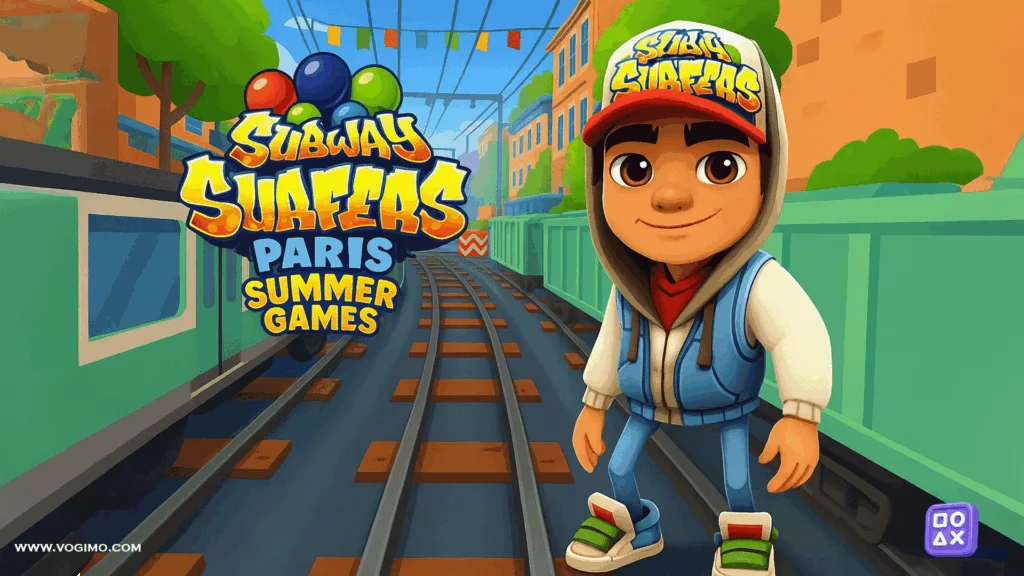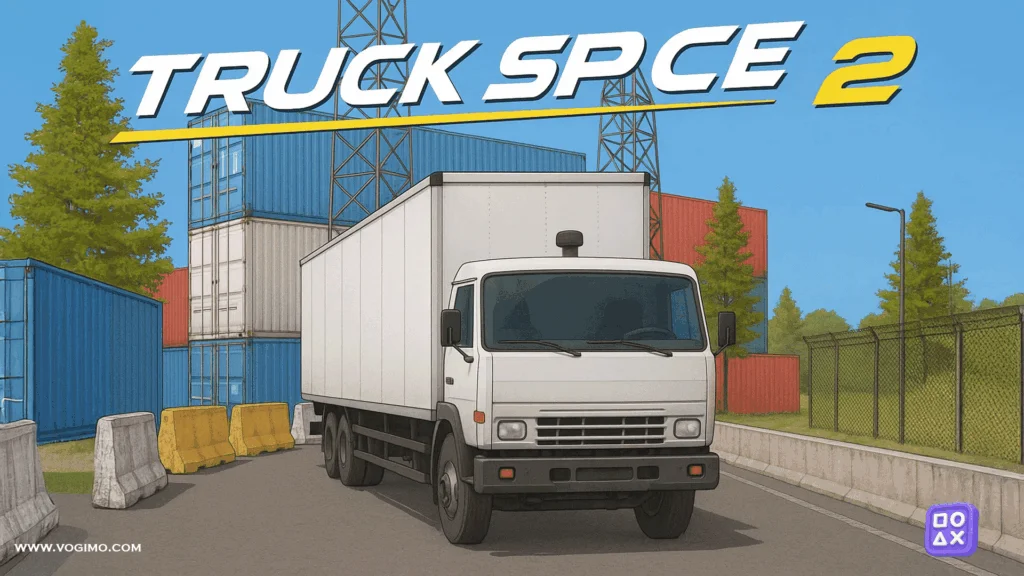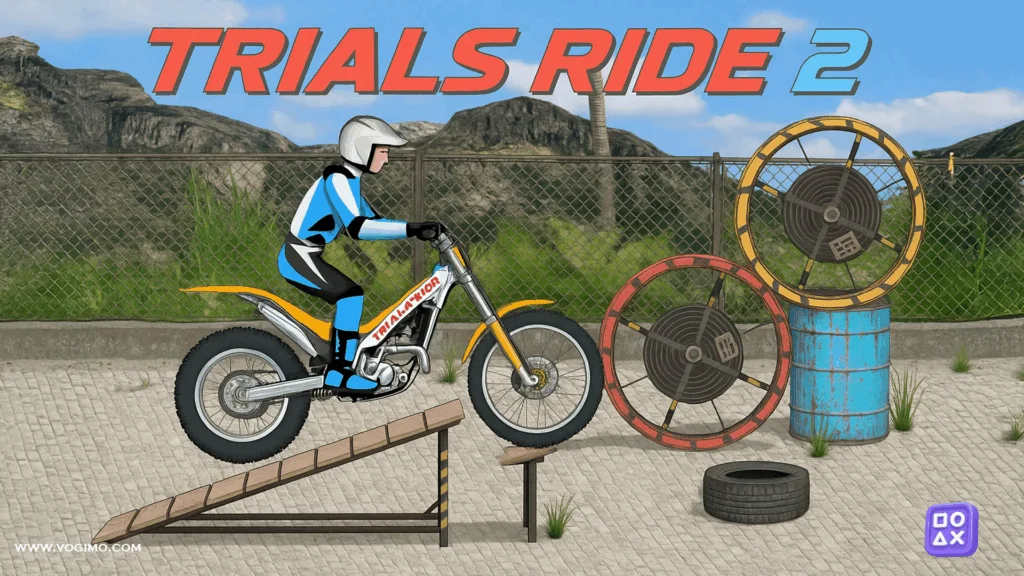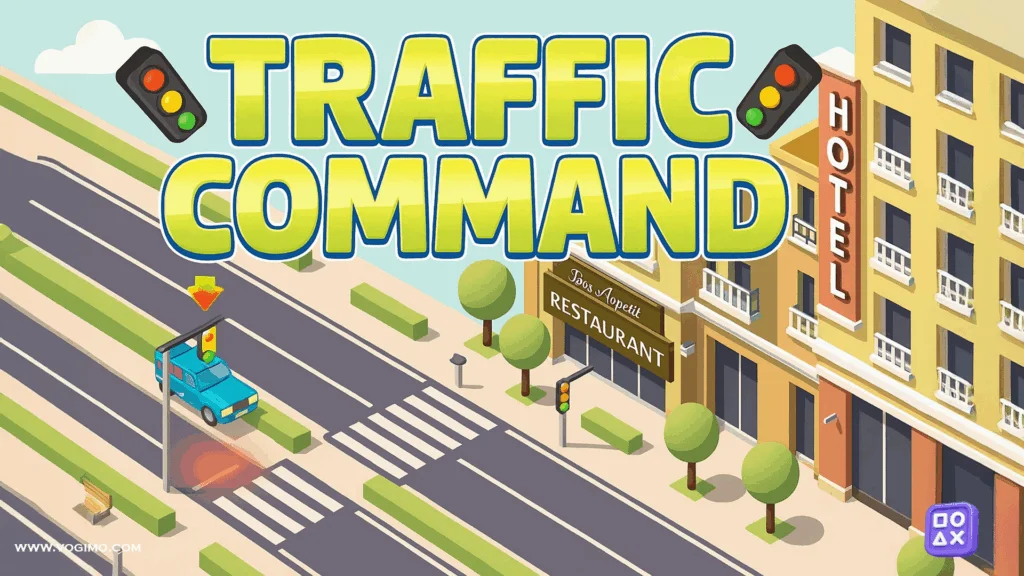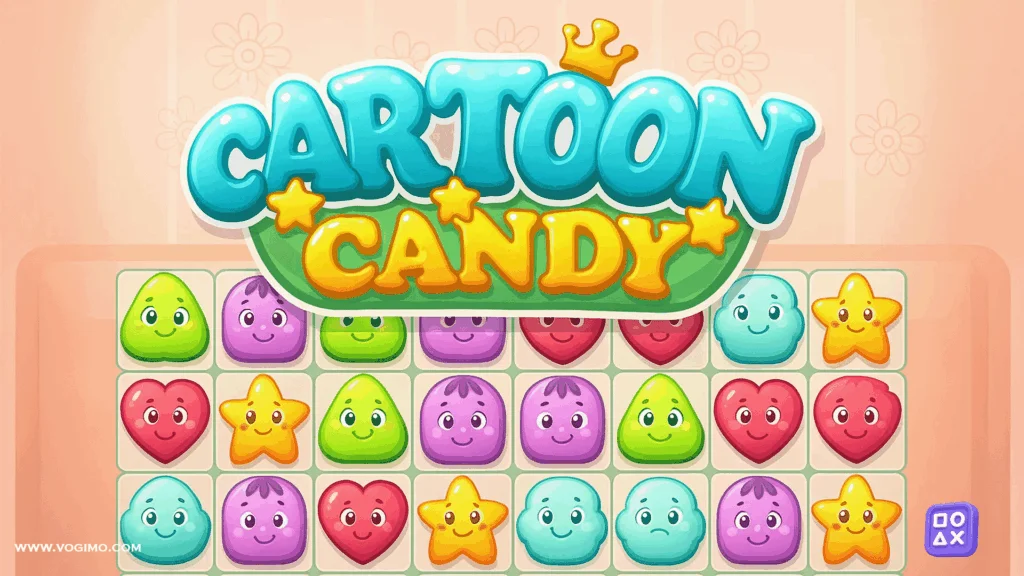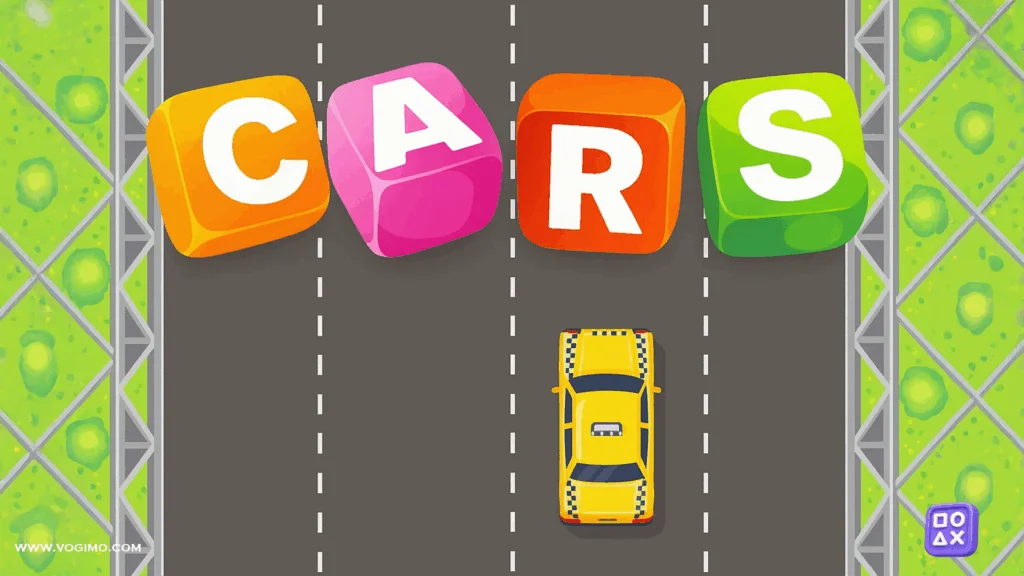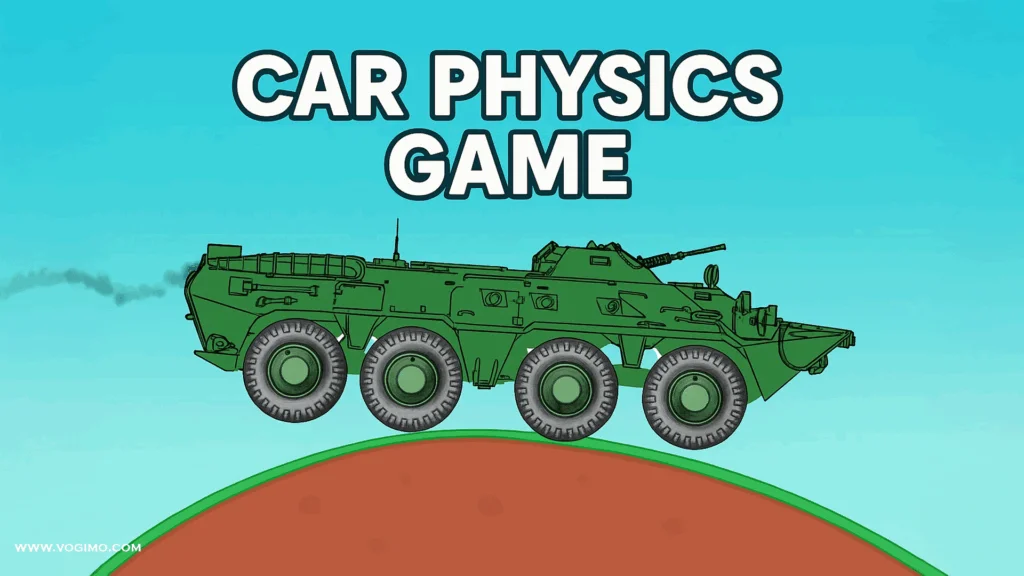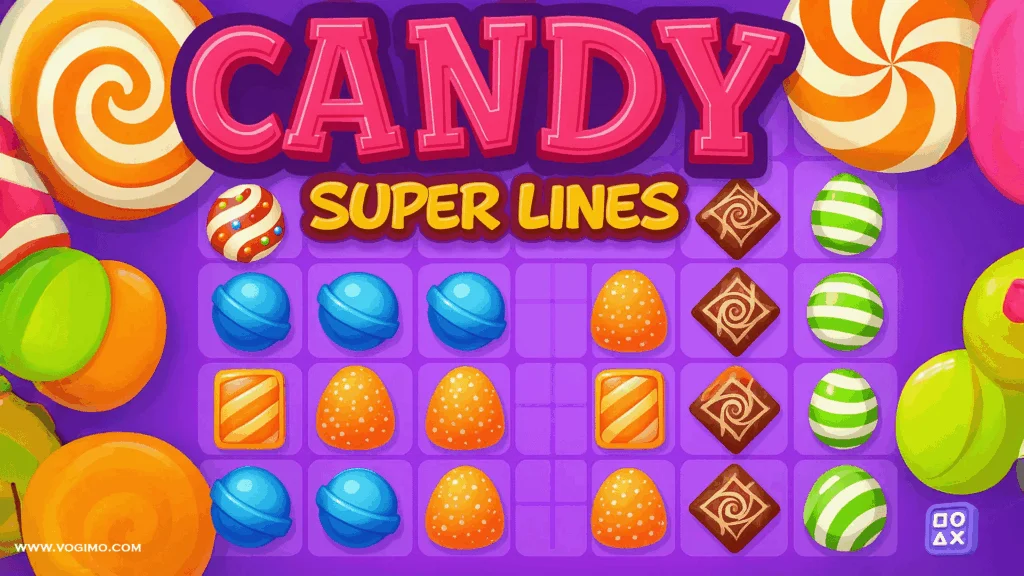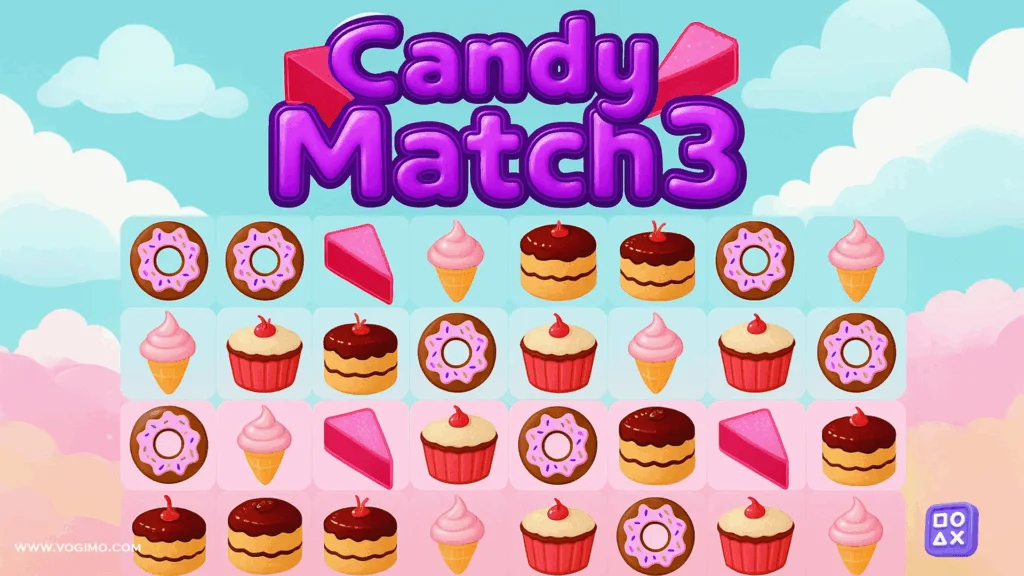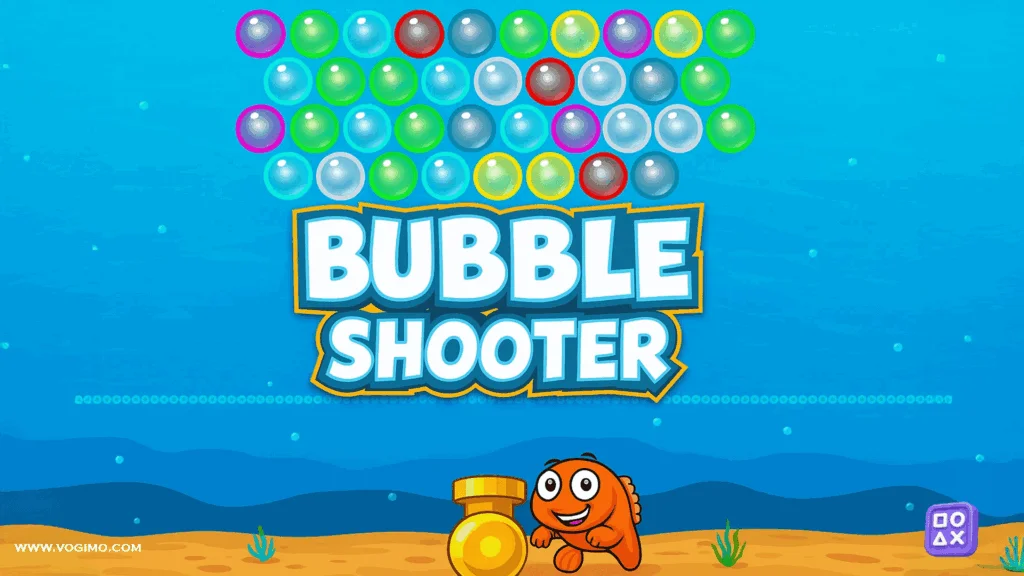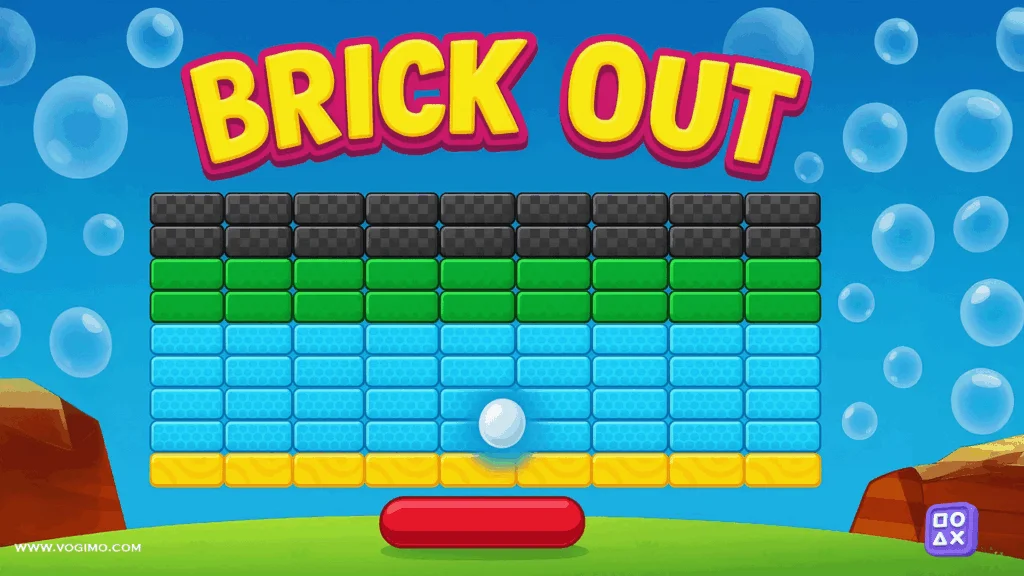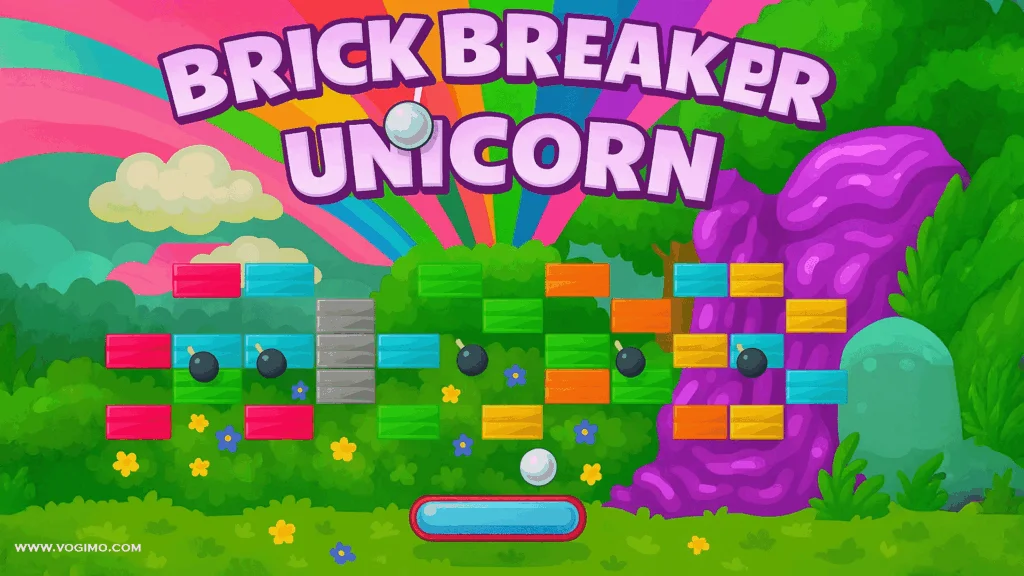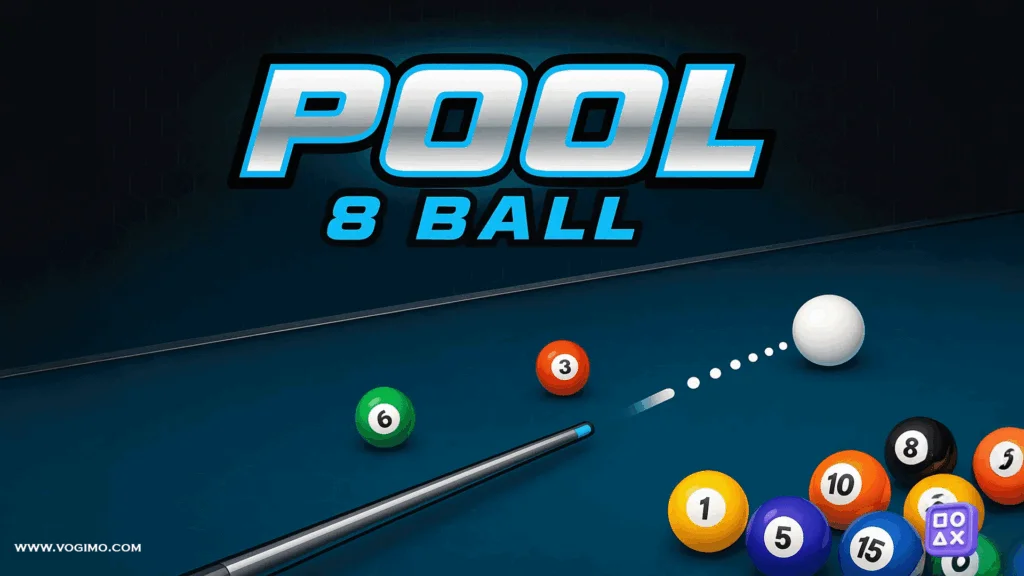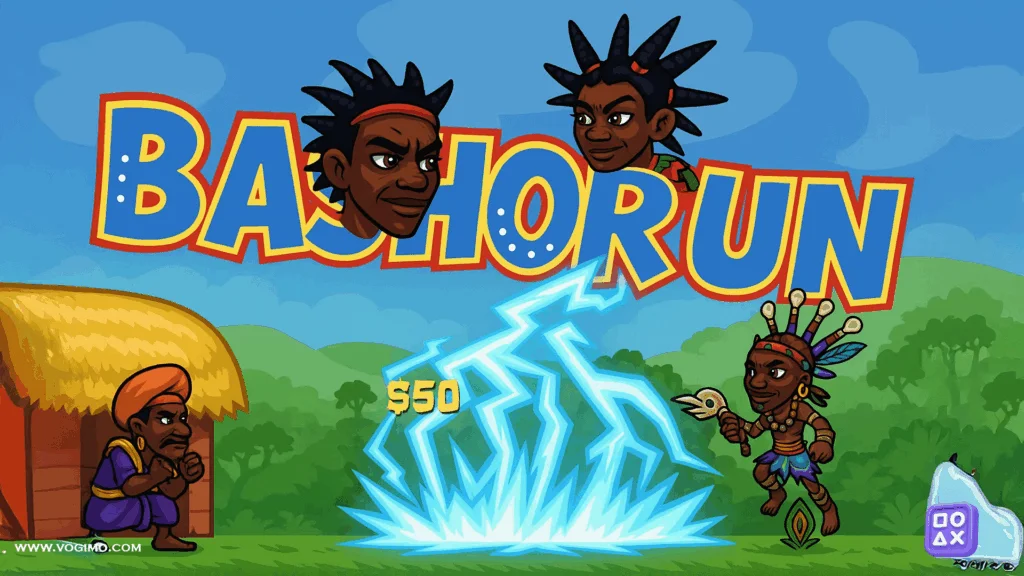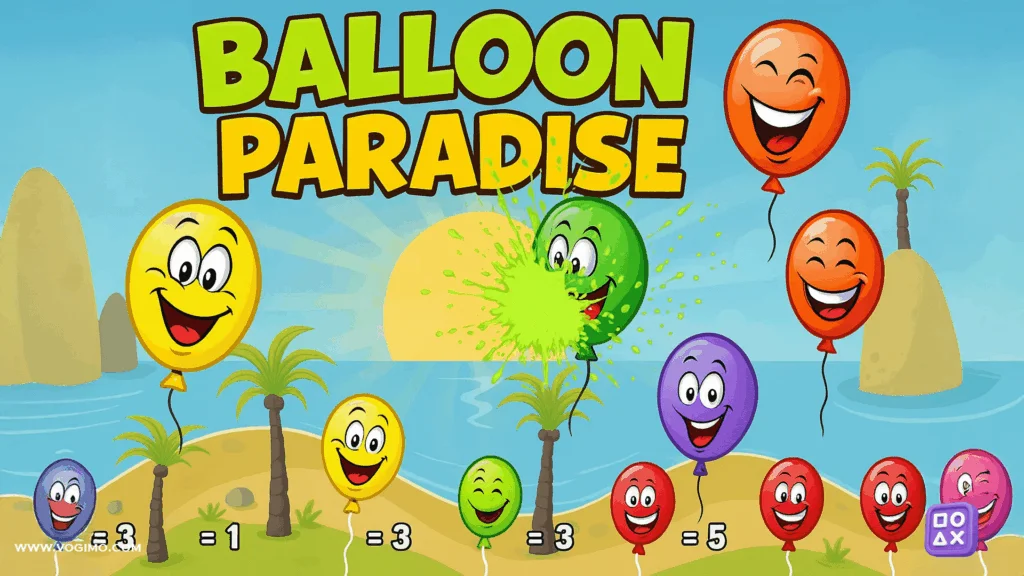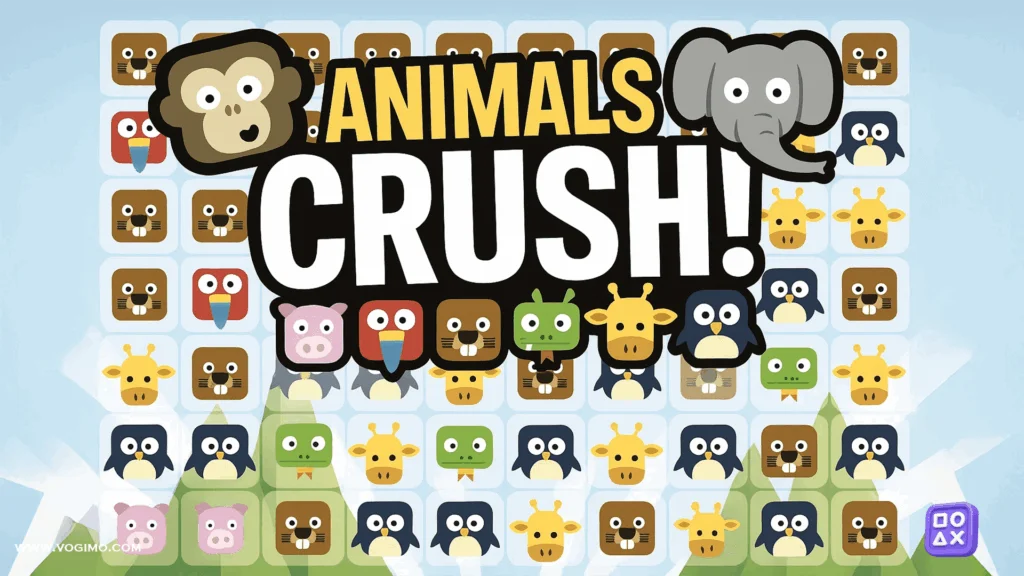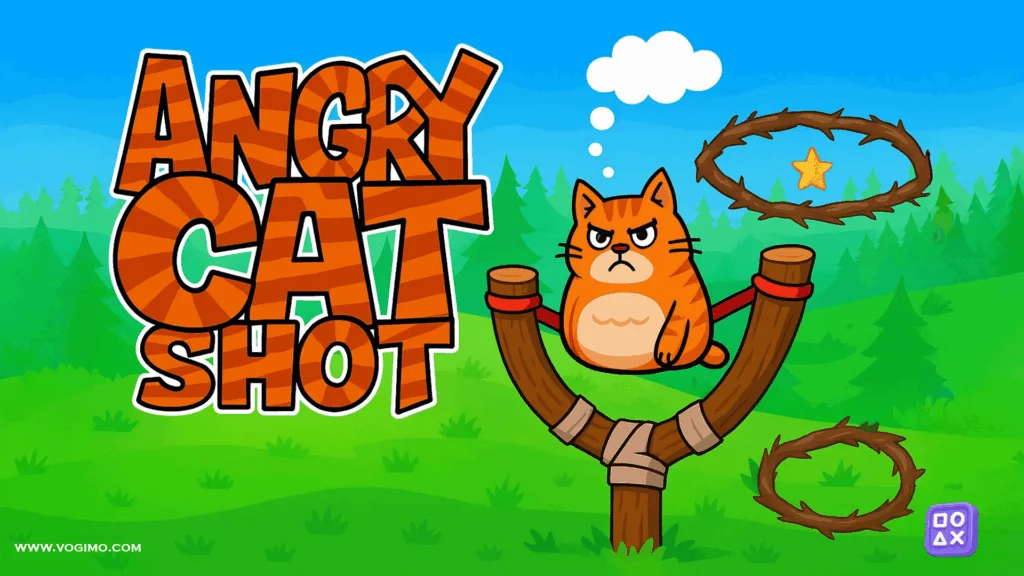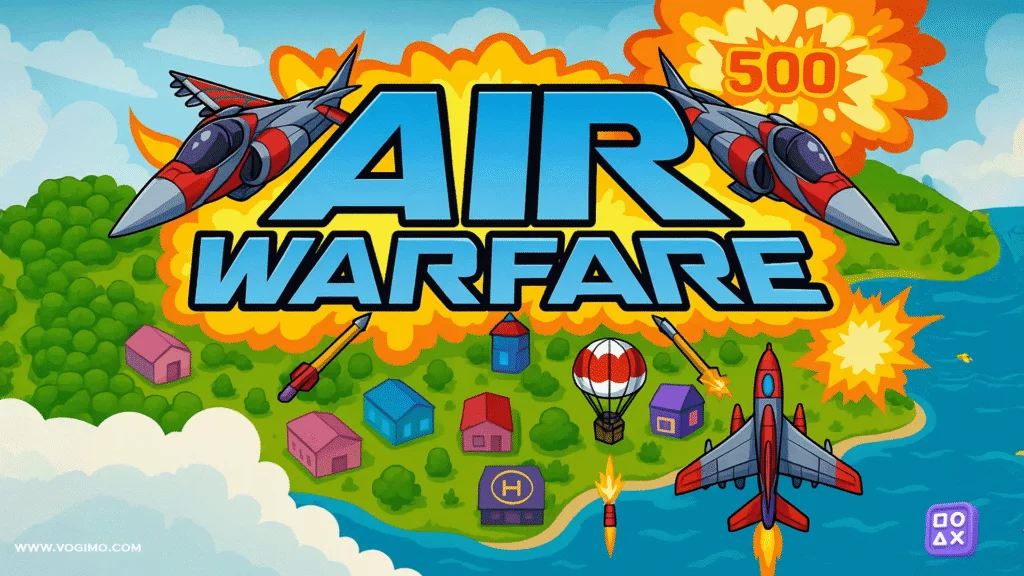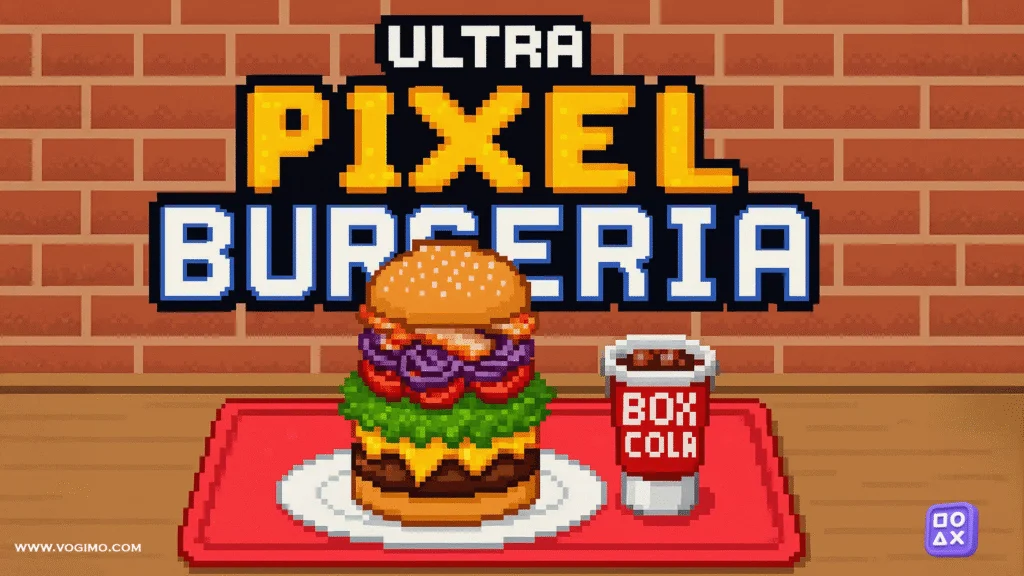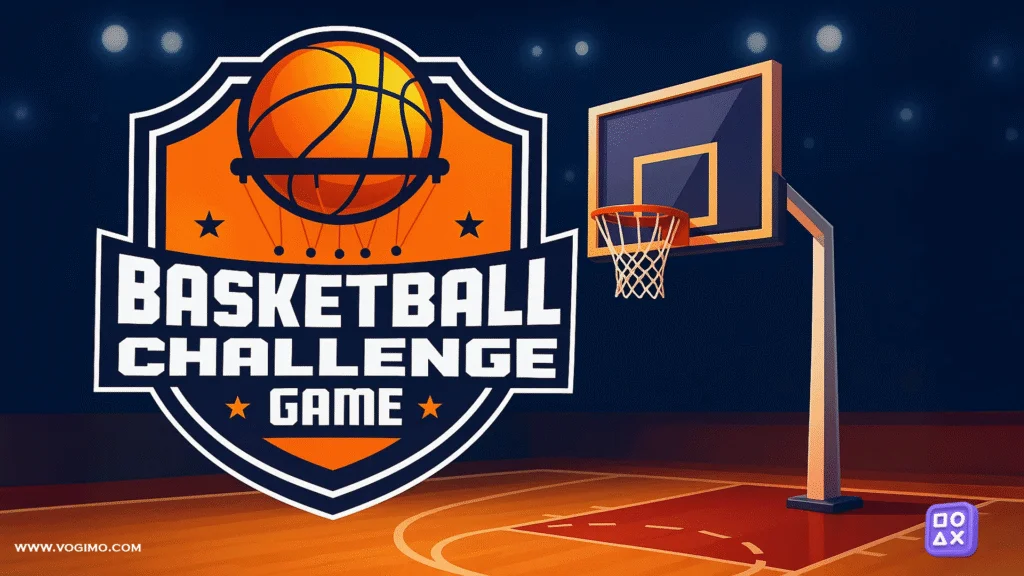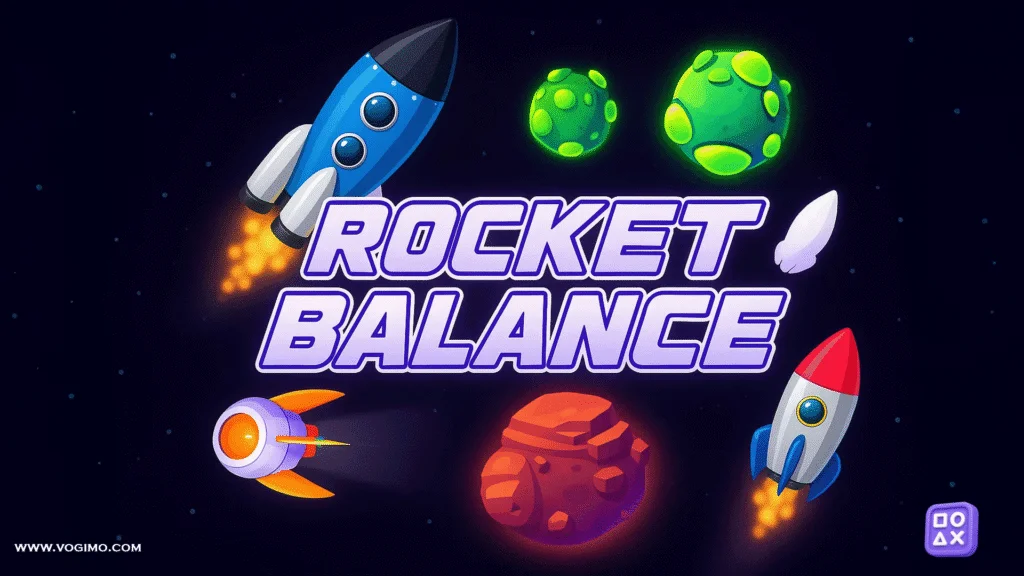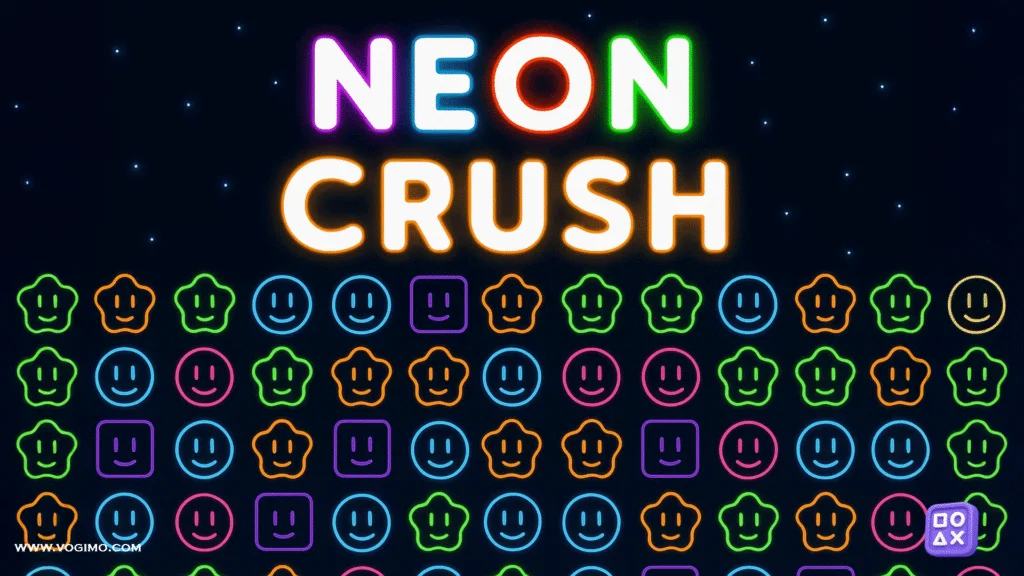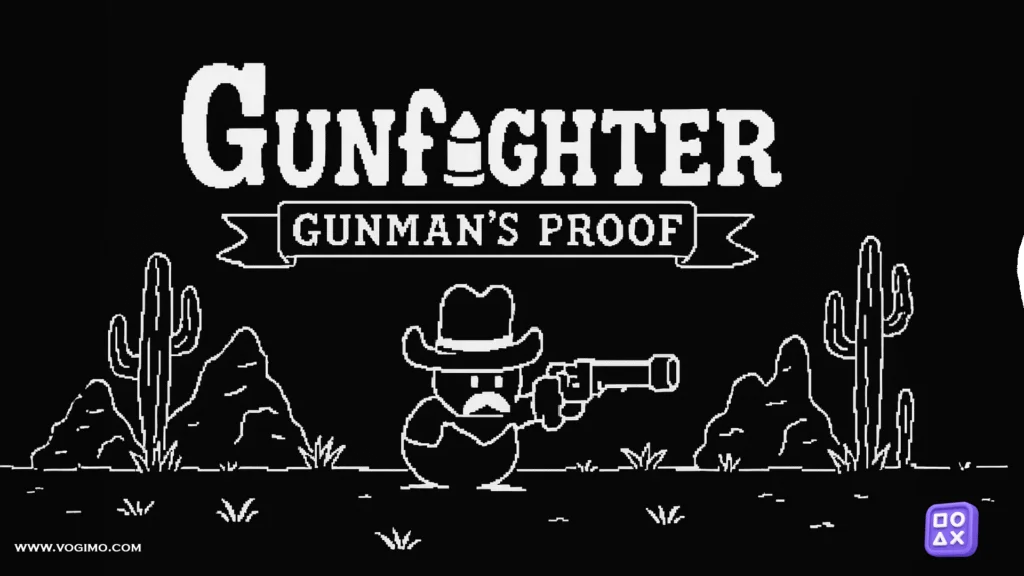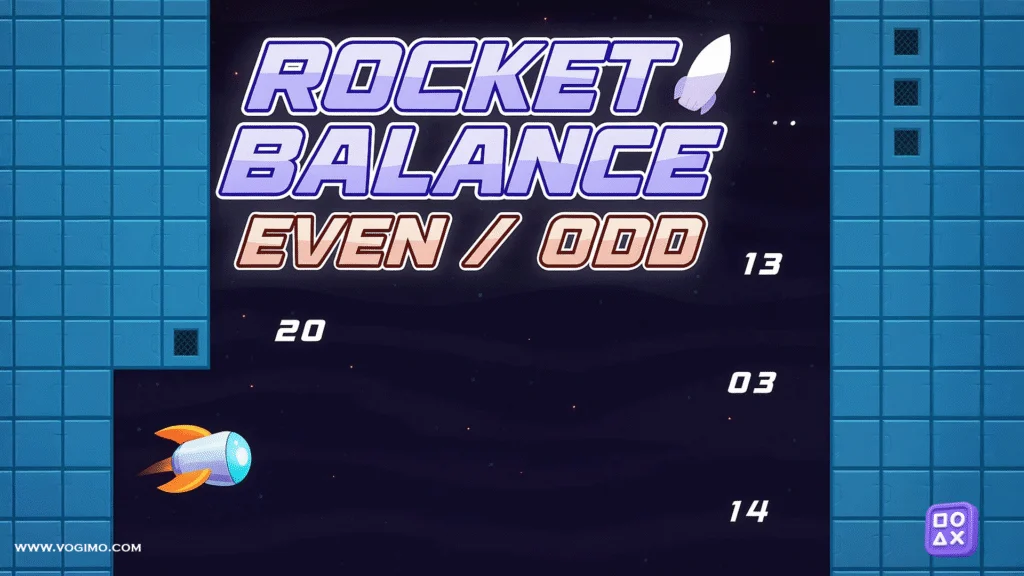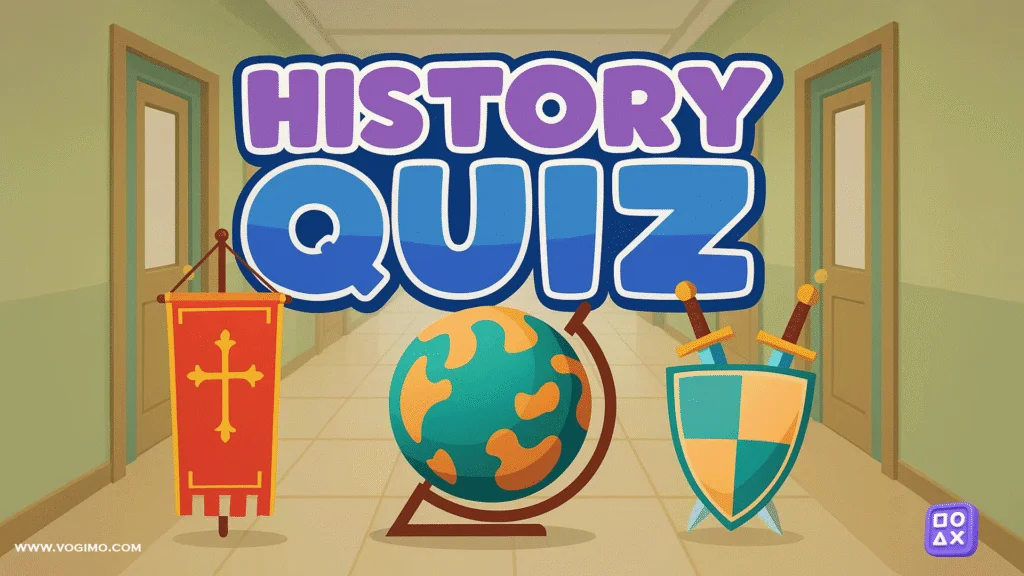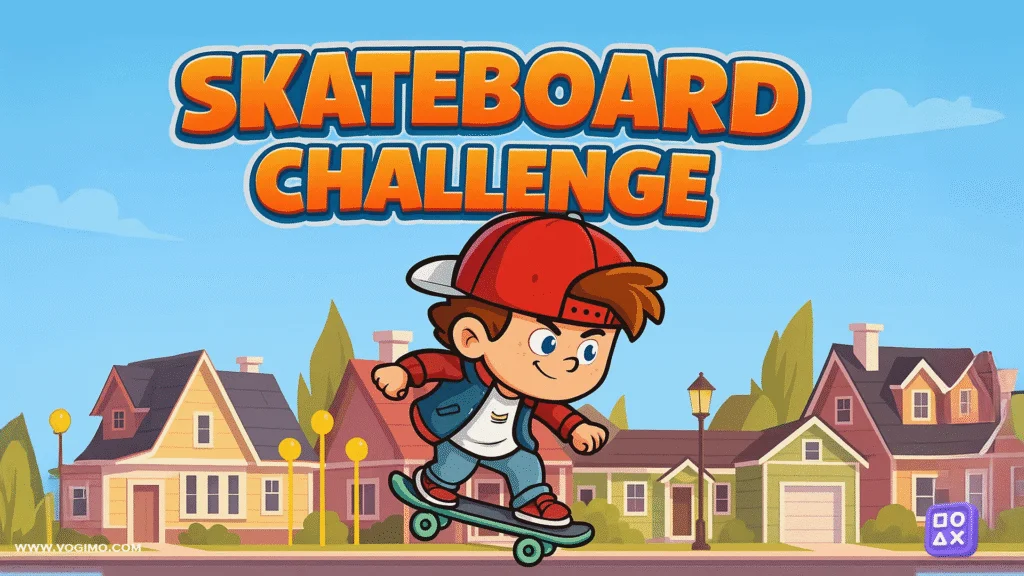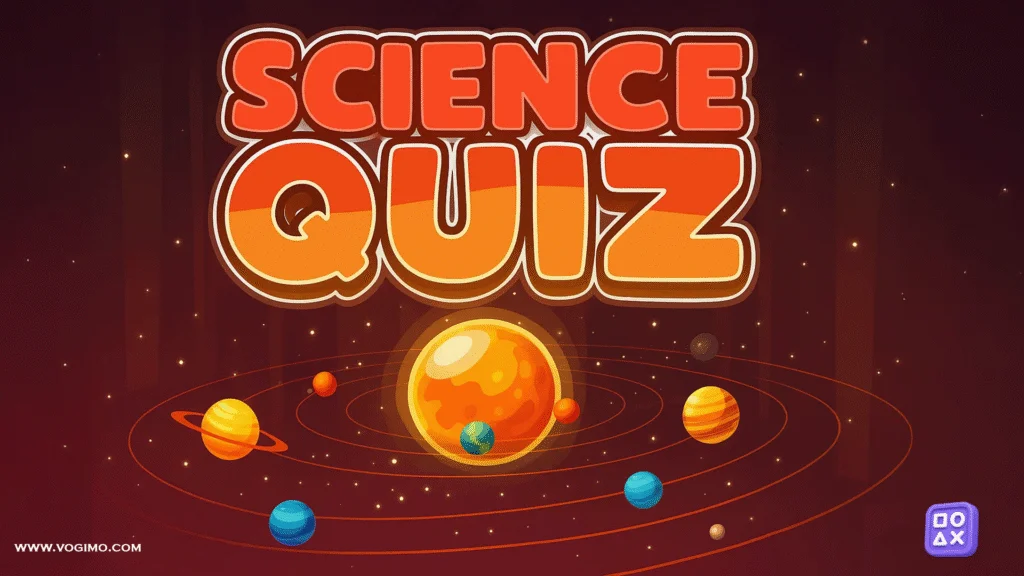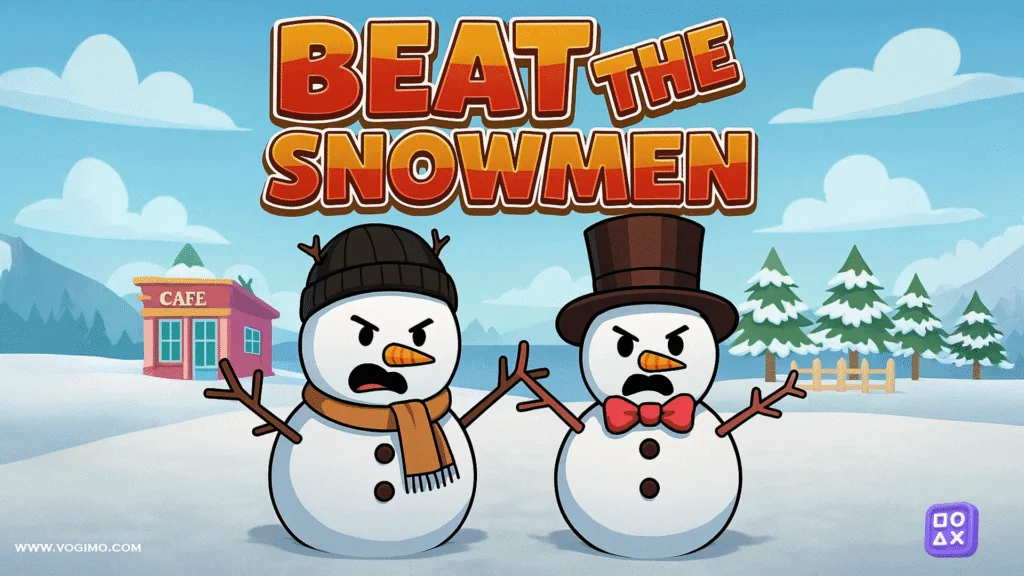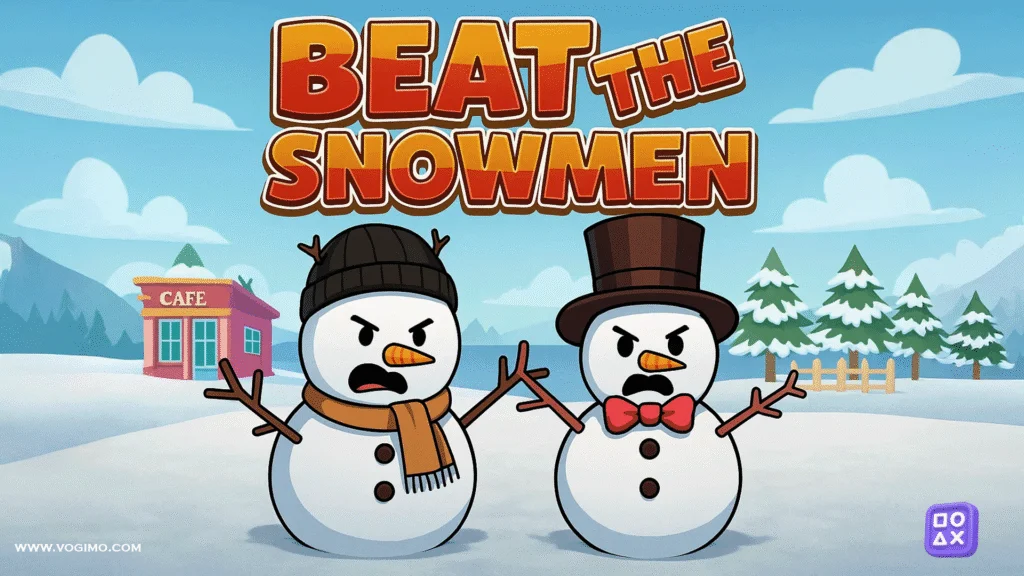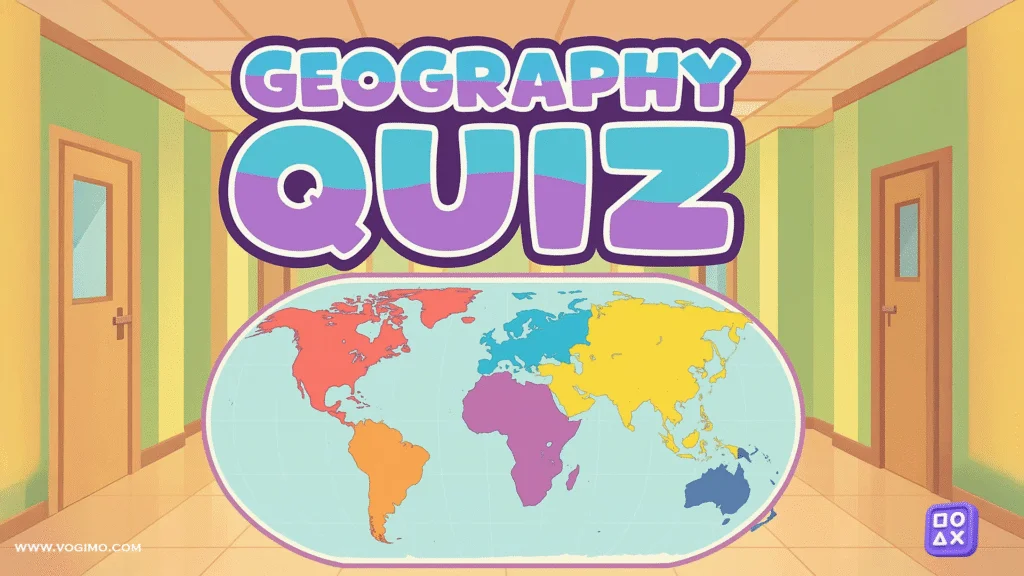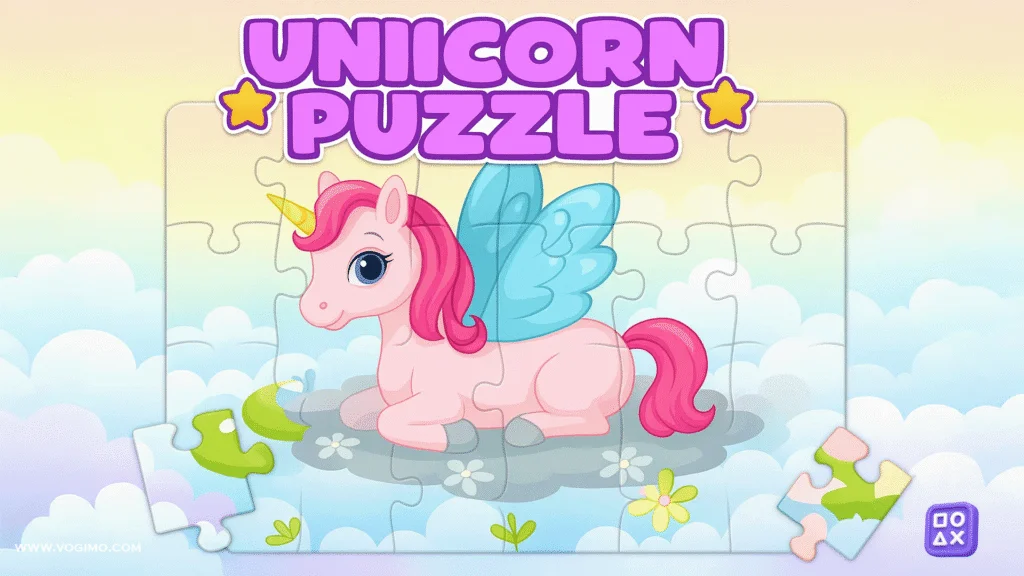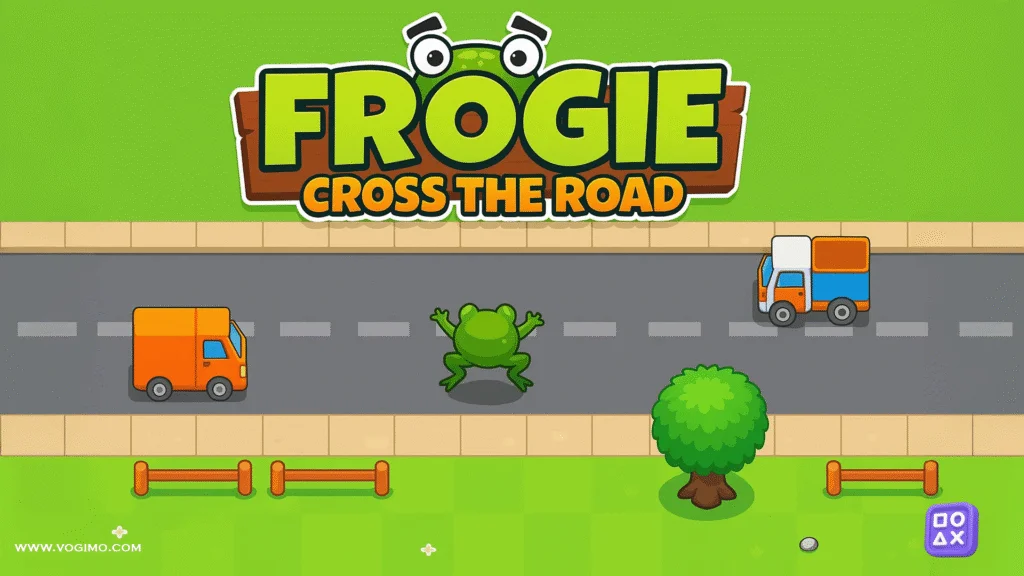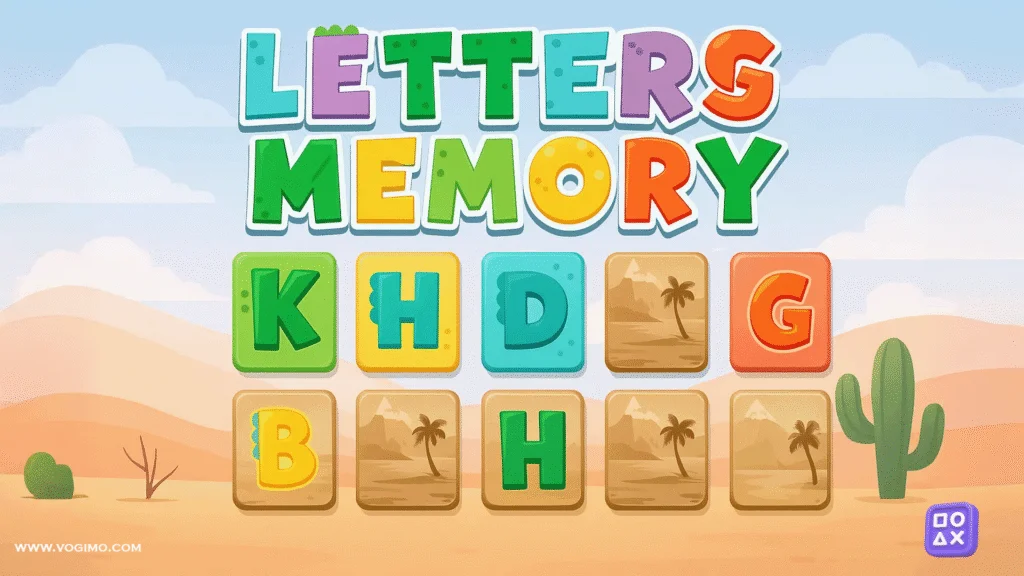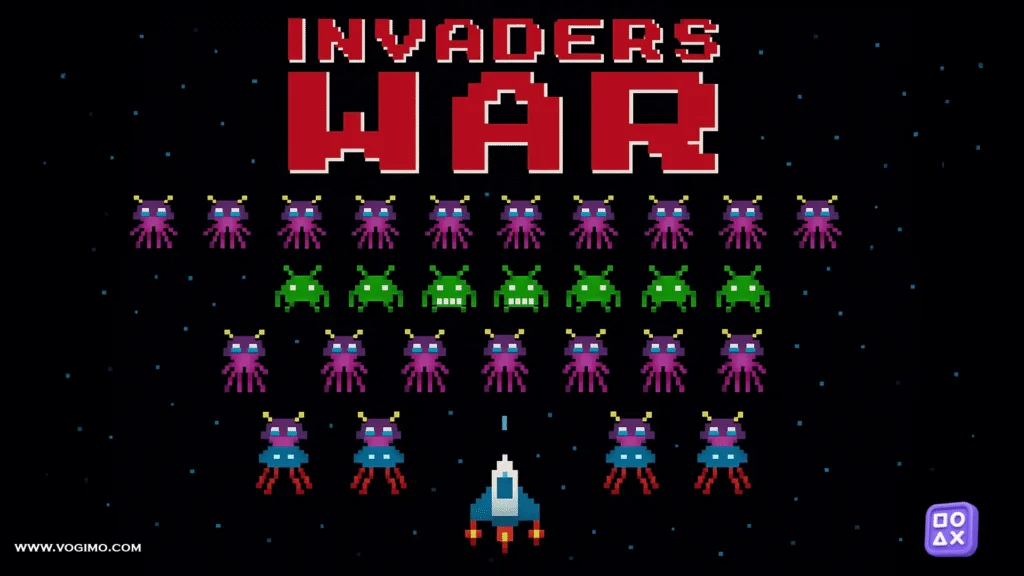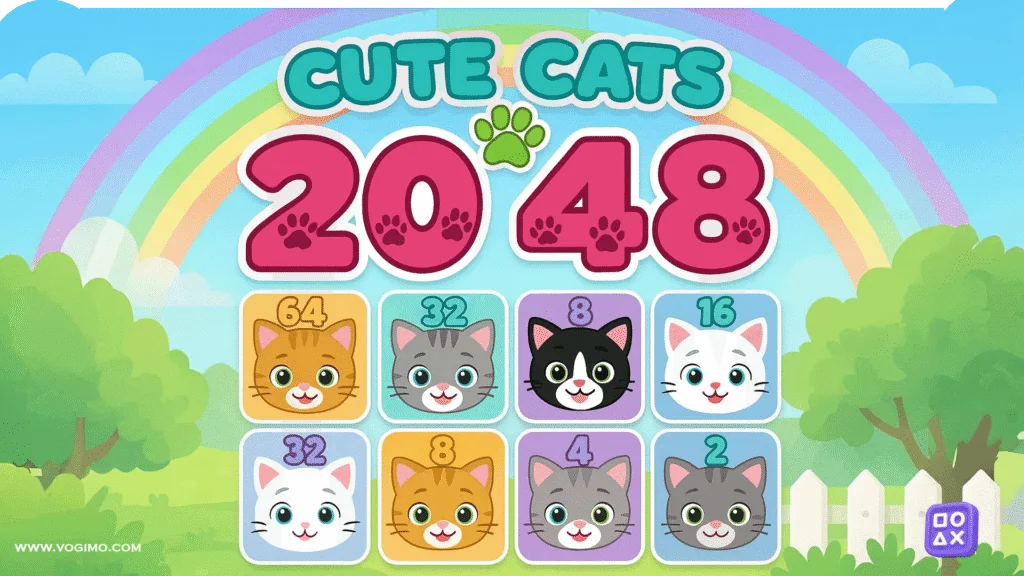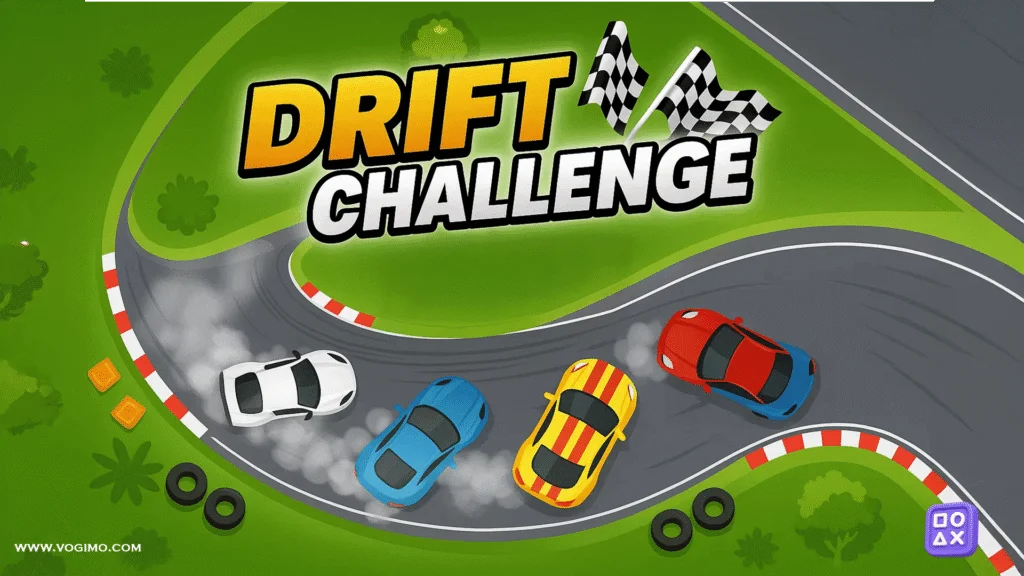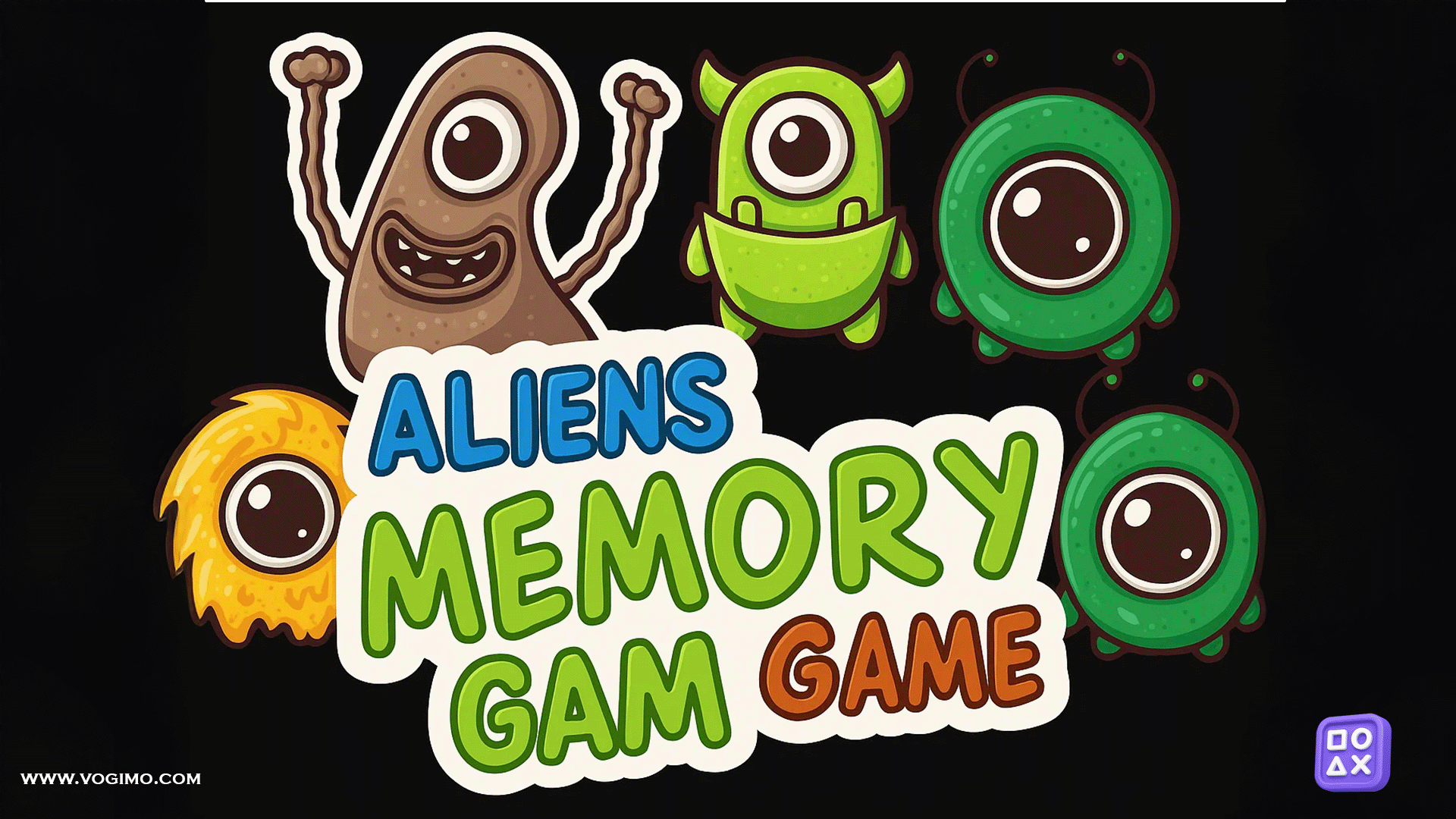Aliens Memory turns a simple flip-and-match puzzle into a little parade of cartoon weirdos—googly eyes, antennae that refuse to behave, and colors loud enough to wake a sleepy brain. The premise is familiar: tiles start face down, you reveal two at a time, and you’re trying to remember what you saw three clicks ago. It’s light, kid-friendly, and—if I’m honest—decent coffee-break therapy. You may find your recall tightening by the second or third round, which suggests the game’s pacing is doing something right.
Controls
Desktop: click to flip tiles, then click two more to try for a pair.
Mobile/tablet: tap tiles with your finger; short, steady taps beat frantic swipes.
What makes it stick isn’t difficulty; it’s clarity. Tiles read cleanly, alien designs are distinct (one has a lopsided grin, another three pupils and a cape?), and the grid expands in sensible steps. Early levels feel forgiving; later ones gently pressure you to scan with intent rather than guess. Kids tend to start narrating pieces out loud—“blue cyclops, bottom row”—which appears to lock memories in place. Adults do it too; we just pretend it’s ironic.
Quick tips to score high
• Sweep with a plan: clear the top-left 2×2 first, then move row by row.
• Label out loud (quietly): “green tentacles—right edge.” Verbal tags glue locations.
• Group by features: round eyes vs. star eyes, stripes vs. spots. Shape beats color alone.
• Pause half a second after a miss to take a mental snapshot; speed without recall is just noise.
• Refresh anchor tiles every few moves—flip a known lone alien to keep it top-of-mind.
• On mobile, lift your finger fully between taps to avoid accidental double-flips.
Common mistakes (and fixes)
• Random wandering → Use a consistent path (left→right, top→bottom).
• Relying only on color → Some hues repeat; track eyes, mouths, and head shapes.
• Clicking too fast → Give your brain a beat; recognition needs a breath.
• Coaching kids by taking over → Offer two likely spots and let them choose; confidence matters.
• Forgetting earlier singles → Revisit “orphans” periodically so they don’t fade.
Fast facts
• Genre: memory/matching (educational)
• Goal: match all alien pairs in the fewest moves or fastest time
• Session length: ~1–5 minutes depending on grid size
• Skills: short-term recall, visual scanning, feature tagging, patience
• Audience: kids first, but oddly soothing for adults
• Platforms: desktop (mouse) and mobile/tablet (touch)
FAQ
Is it better to rush for time or minimize mistakes?
Minimizing mistakes usually wins. A steady sweep with clear labels beats sprinting.
Do bigger grids help memory training more?
Often, yes. Once a small grid feels automatic, bump up a size so recall stays engaged.
Does saying features out loud really help?
For many players, yes—light narration (“two antennae, top row”) seems to strengthen recall pathways.
Any co-play ideas for classrooms?
Try “navigator/driver”: one describes a target (“spotted purple, left column”), the other flips. Swap roles each round.
Inside link
Like this style of brain teaser? Browse more Memory & Puzzle games.
